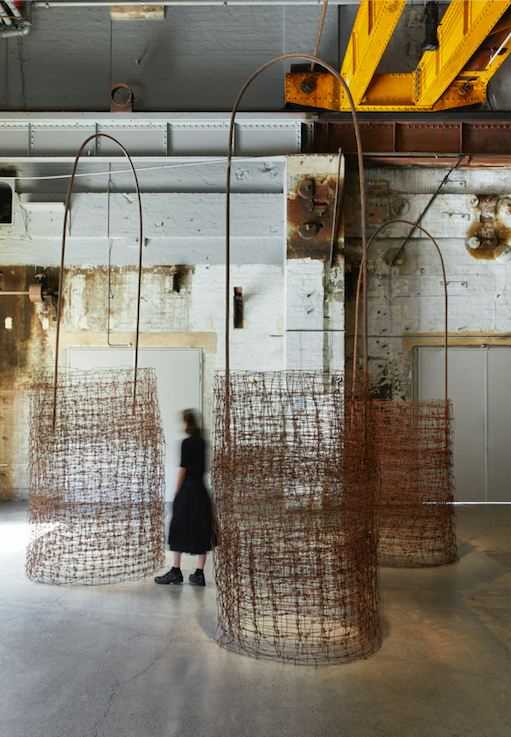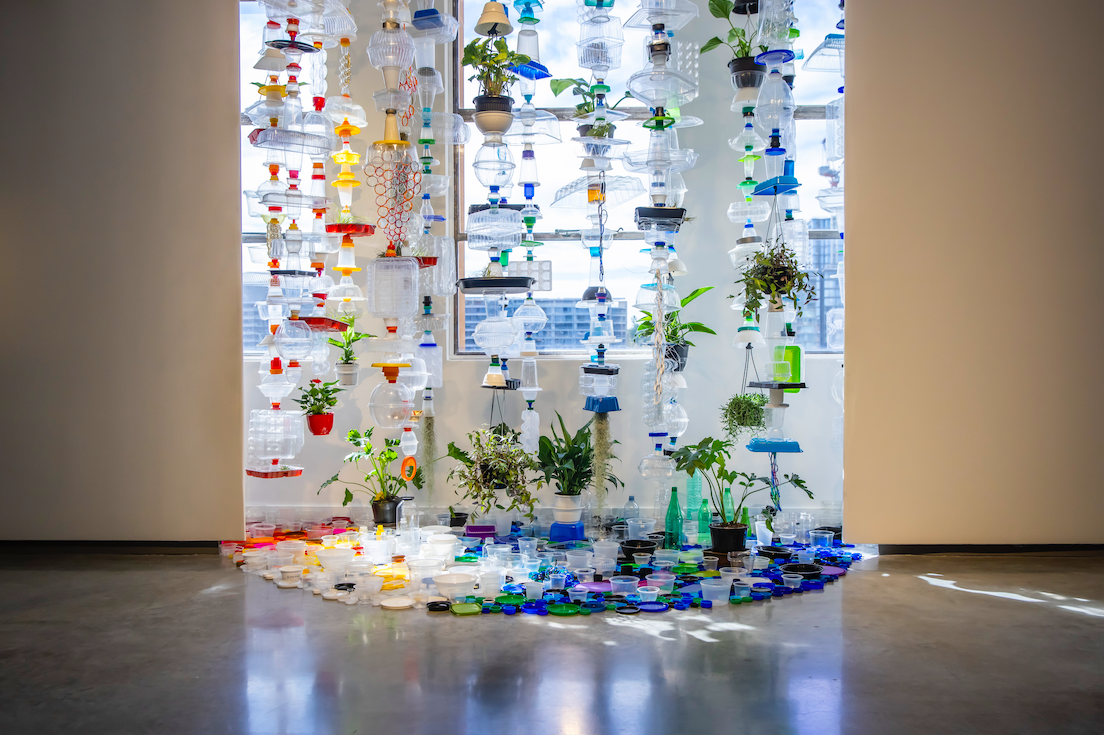Beyond museology: ‘The National 2021’
/A curator’s role when working with living artists in a commissioning context is to encourage artists to create the best possible work for the given circumstances. If that is achieved with consideration, sensitivity and rigor, it is not only apparent in the exhibition’s staging, but in increased audience impact. For a biennial exhibition like ‘The National: New Australian Art’, we can assume that – perhaps unlike an international biennale – local audiences have seen at least some of these practices before. Therefore it is not simply about making an artist’s practice visible, but the focus of the exhibition needs to be on high quality artistic support and presentation. With this particular lens in mind, let us look at this year’s final iteration of ‘The National’. As has been the case with the previous two editions, the 2021 exhibition was presented across three venues, a massive institutional collaboration between the Art Gallery of New South Wales (AGNSW), Carriageworks and the Museum of Contemporary Art Australia (MCA), all in metro Sydney.
The Carriageworks component was curated by Sydney-based independent curator Abigail Moncrieff. She presented a refreshingly agile and relational curatorial staging for audiences which was demonstrated, in particular, by her sensitivity to exhibition design. Moncrieff exploited sightlines to ensure that careful micro relations were developed between particular works depending on the audience’s viewpoint within the space. An example of this was All the violence within this (2019–21) by Alana Hunt, a video which was viewable from both the front and back of its three screen panels, and which created a dynamic connection with Wamba Wamba/Latji Latji/Wadi Wadi woman Lorraine Connelly-Northey’s Narrbong Galang (2021) through a shared exploration of memory, erasure, violence and country. New staging of works in the main exhibition space rounded off with A Day in the Life (2020), a five-channel installation by the brilliant Karrabing Film Collective. Moving beyond the many museological trappings of classifications, Moncrieff presented a show that flowed together through seemingly effortless and natural connections between works.
The MCA section of ‘The National 2021’ was curated by the museum’s then-longstanding Chief Curator Rachel Kent. With this experience she brought a certain astuteness and awareness of how artists could best traverse the museum spaces and make the most of ceiling heights, natural light and audience flow. A major focus was on female-identifying artists, with work developed to explore shared concerns. Successful installations included Maree Clarke’s Jacob (2020), a multidisciplinary work of photography and glass that was presented liminally (as the light source in a largely darkened space), and Lauren Berkowitz’s Plastic Topographies (2020–21), with the work of suspended recycled plastic strategically placed near one of the only windows in the gallery, providing the opportunity to see both the materiality of the work enveloped by natural light and the world outside the gallery (where plastic pollutants are unfortunately still a common sight at Circular Quay). Engaging installations by Caroline Rothwell, Sally Smart and Judith Wright also made the most of their spaces.
The AGNSW component was curated by the gallery’s Curator of Asian Art, Matt Cox, and Assistant Curator of Aboriginal and Torres Strait Islander Art, Erin Vink. Despite exhibiting some of my favourite artists working in Australia today, including the talented Justin Shoulder, Leyla Stevens, Phaptawan Suwannakudt and Abdullah M. I. Syed, the curatorial decisions of space and context unfortunately let down the presentation of these artists’ work. Other disappointments included Fiona Hall’s installation work EXODUST, which was completely lost in the entrance foyer (such a shame for one of Australia’s most important senior female artists), and Wona Bae and Charlie Lawler’s sound sculpture Regenerator (also 2021), which felt drowned out by its large thoroughfare space. Perhaps instead of curatorial mistakes, these examples demonstrate how exhibition architecture must stay dynamic to respond to a changing world, and I hope that with the new build of Sydney Modern these concerns are addressed in future exhibitions.
For a national survey exhibition in 2021, we need curatorial vision and exhibition spaces that allow artists to showcase their work in ways that challenge the scope of their practices, pushing them to ambitious new heights. Audiences also need to see Australian art performing to international standards, and to do so requires time, budget, curatorial sensitivity and attention to detail. Some of this is the responsibility of the curator, but wider discussions surrounding funding allocations and institutional spaces need to be considered too.
Tess Maunder, Sydney
This is an edited version of a longer review that appears in the Spring 2021 print edition of Art Monthly Australasia. ‘The National 2021: New Australian Art’ opened on 26 March 2021 and was shown across Sydney at the Art Gallery of New South Wales until 5 September; at Carriageworks until 20 June; and at the Museum of Contemporary Art Australia until 22 August 2021.





















